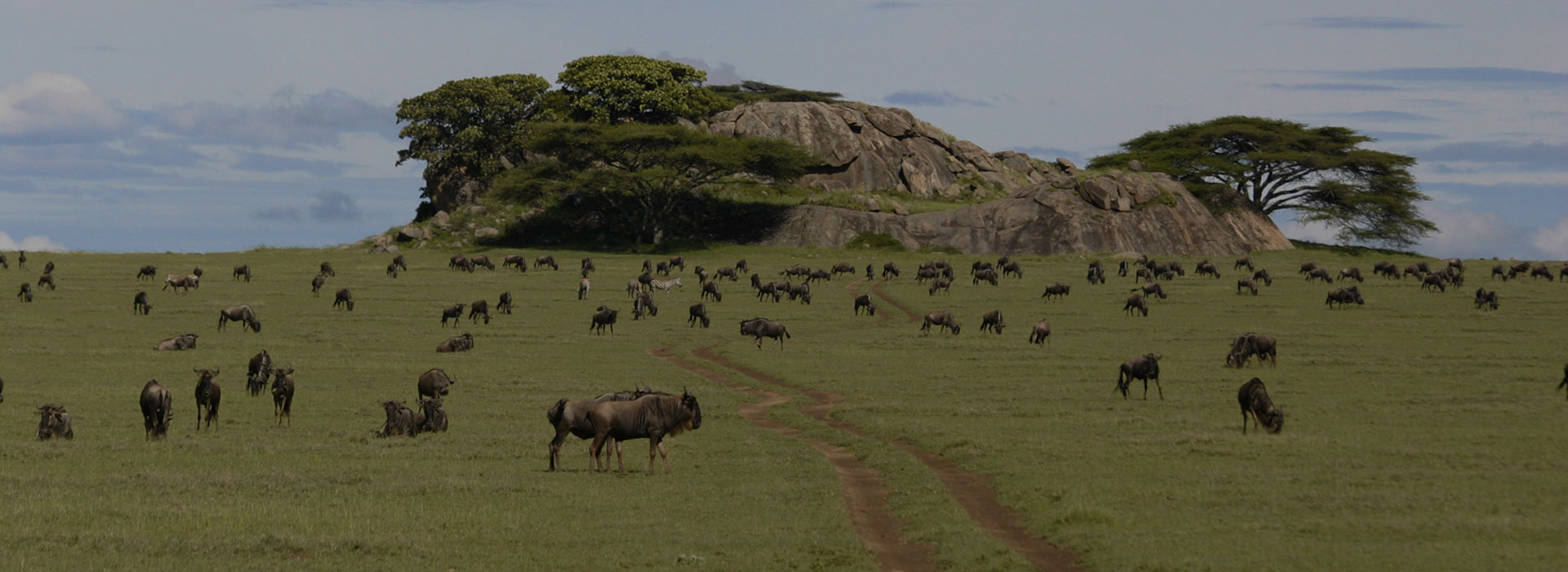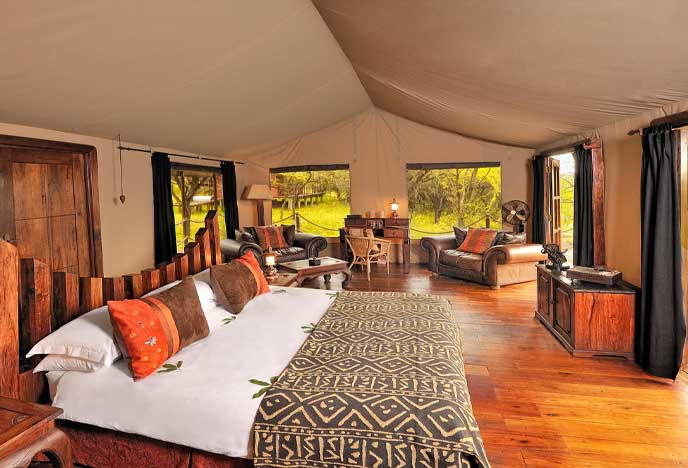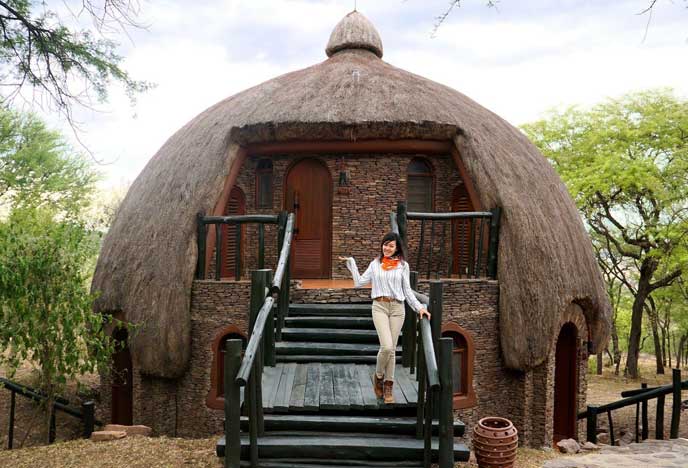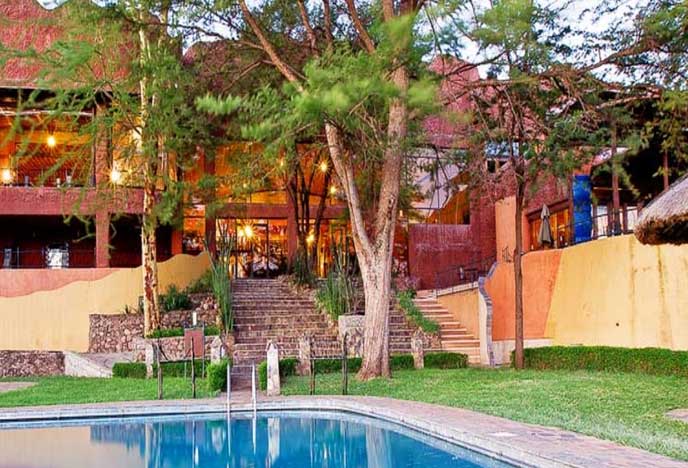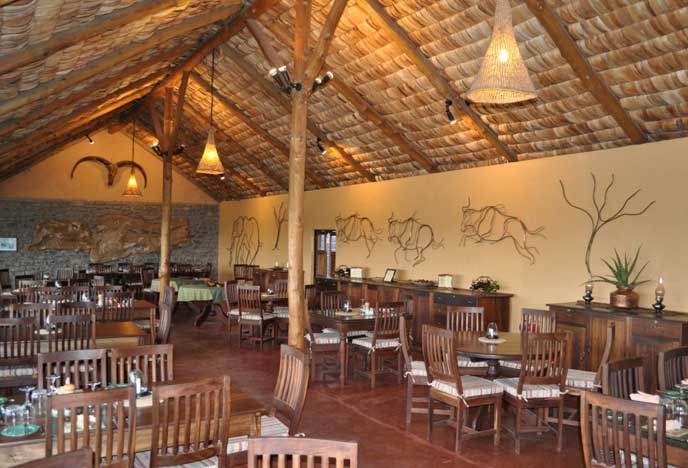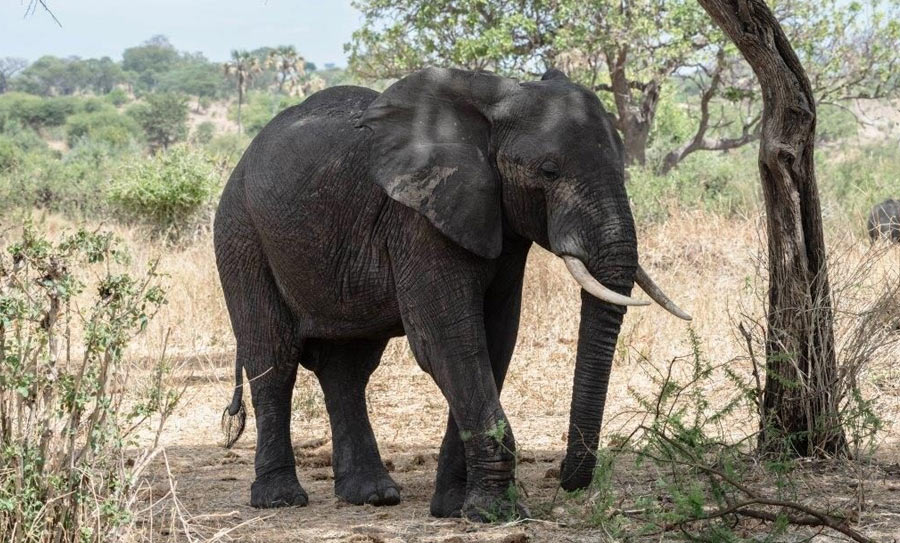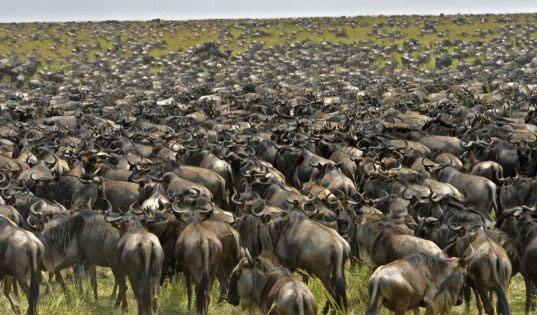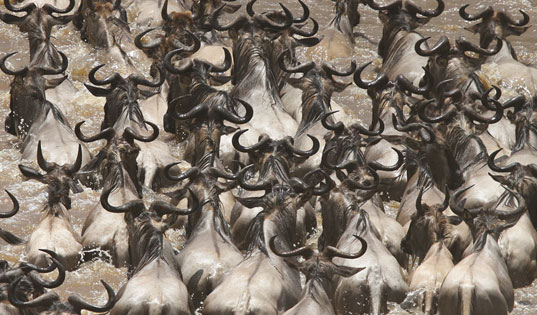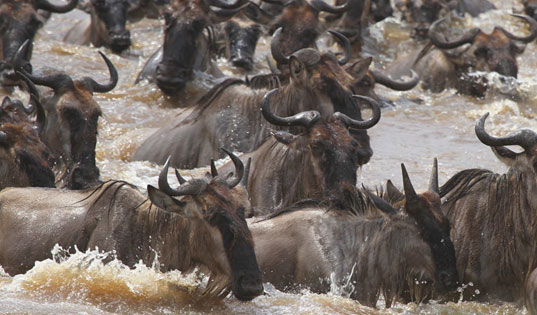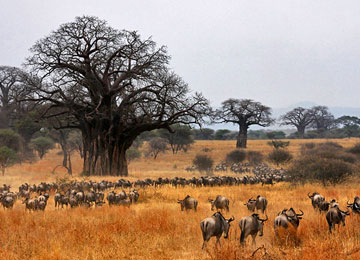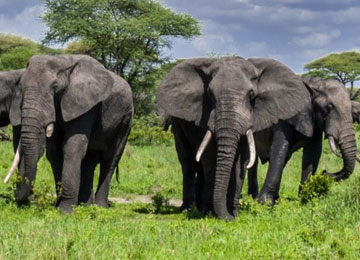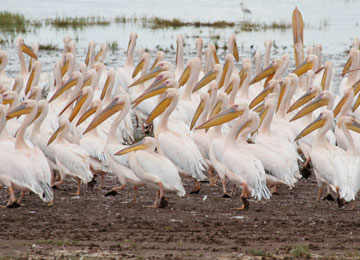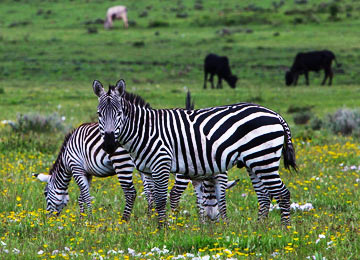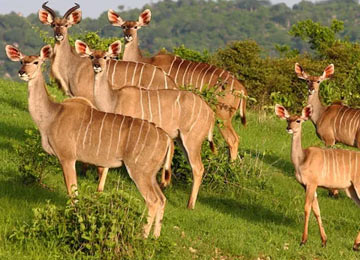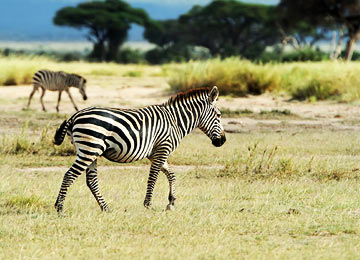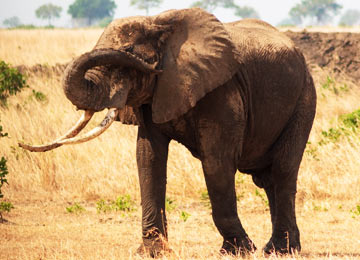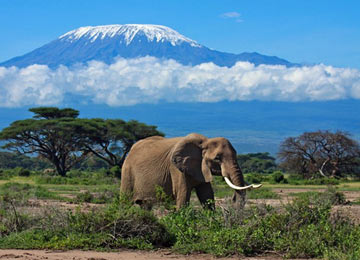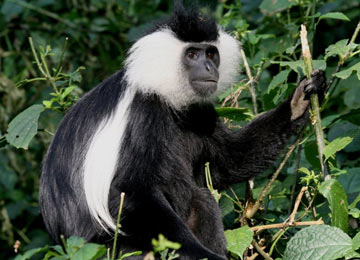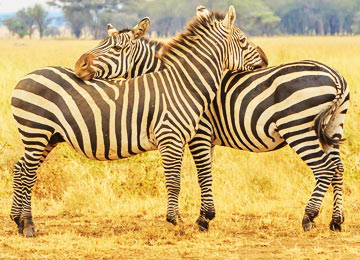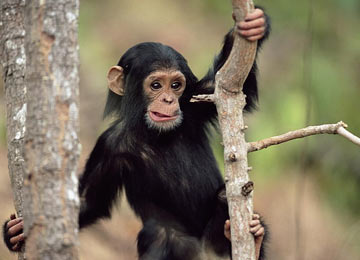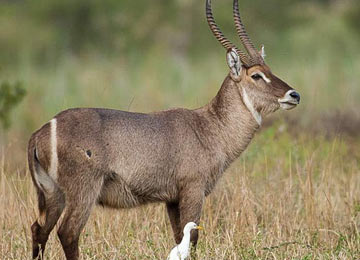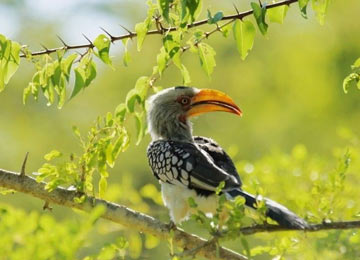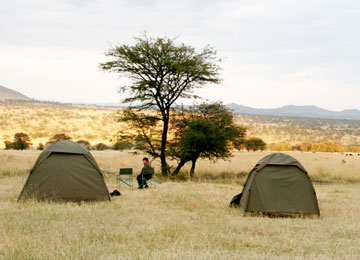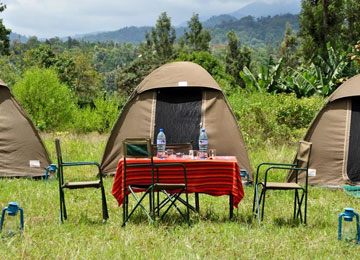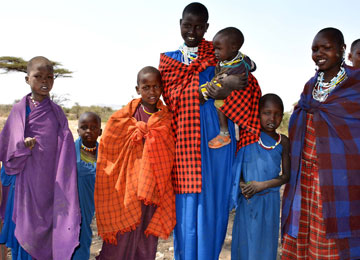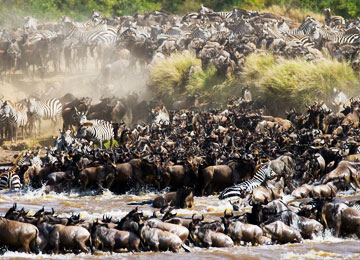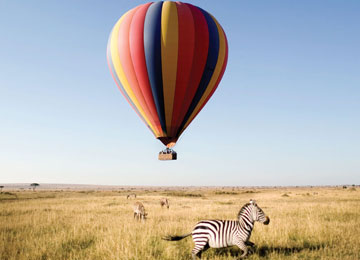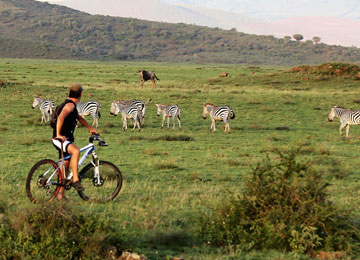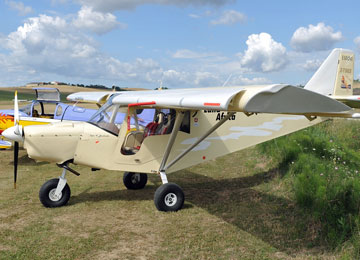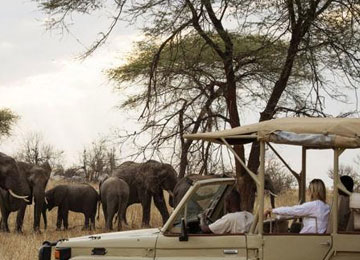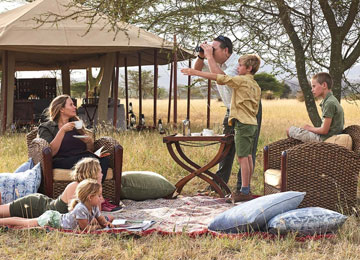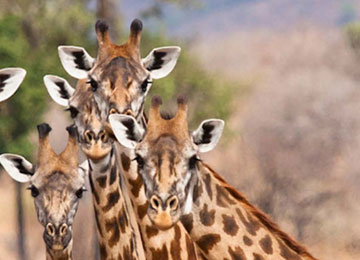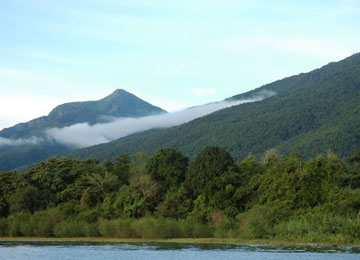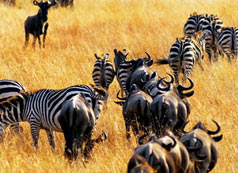Sandwiched between Mara and Simiyu regions, Serengeti National Park is one of the most famous and iconic national parks in Tanzania. The region was used to be the land of Maasais, the rolling plains of the national park were great for their domestic animals to graze.
The name of the national park has been derived from the Maasai word Siringet which means endless plain. The national park used to be a game reserve area; however, it was officially designated as a national park in 1951.
The national park got truly famous after getting featured in a book and documentary that was written and produced by a father-son duo. During 1950, Bernhard Grzimek and his son Michael produced Serengeti Shall Not Die, which made Serengeti famous.
The national park covers 14,750 km2 land of Tanzania and the largest national park hosting diverse wildlife and landscape.; Serengeti is divided into 3 parts; Serengeti plains, Western corridor, and Northern Serengeti.
While Serengeti plains are grassland having very fewer trees the western corridor hosts black clay soil covers the savannah. The northern Serengeti is dominated by open woodlands and hills.
The national park is home to African Big Five, and a great place to spot lions as it has the largest lion's populations holding in its eco-system. The iconic eco-system also hosts a spectacular event, known as The Great Migration.
During the Great Migration, almost 1.5 million wildebeests followed by many other antelope species start their journey in search of water and food. The incredible show starts towards the end of the rainy season, they travel towards the Masai Mara Region in Kenya.
To witness this breath-taking movement of largest herds ever moved on earth anywhere thousands of people book their Tanzania Safari.;

